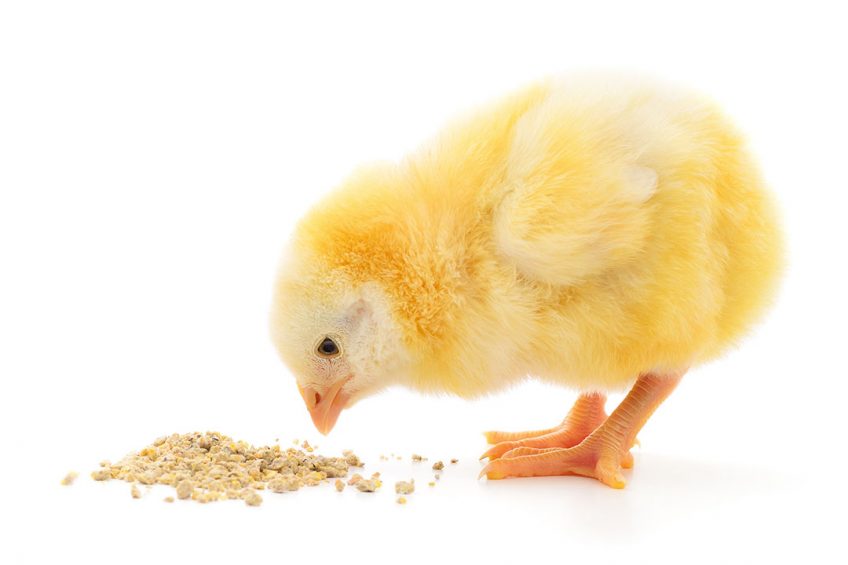Examining the impact of minerals on phytase in poultry diets

Animal nutrition, health and feed supplement company Alltech is joining forces with Nottingham Trent University in the UK to examine the impact of different forms of mineral on phytase in poultry diets.
The 3.5 year project will begin by assessing the interaction between minerals and phytase in poultry by carrying out an assessment of the gap between phosphorus (P) supply and requirement and looking at the impact of mineral source on phytase activity/P availability.
Phosphorus is a key nutrient for poultry
An undersupply of P leads to impaired skeletal development but oversupply contributes to environmental pollution.
The issue is further complicated by the different forms of phosphorus. Plant materials contain phosphorus but in a form that birds cannot use – phytate phosphorus.
As a result, birds must be offered either a mineral form of phosphorus that it can easily use, or aided in breaking down the phytate into usable phosphorus.
Check out the interactive Poultry Health Tool – with the latest insights on the 40+ most common poultry diseases.
Pressure to reduce phosphorus
The industry is under pressure to decrease dietary inclusion of mineral phosphorus on both environmental grounds and the finite global supply of phosphates along with supply chain insecurity, which have led to an increase in costs in recent years.
However, it is acknowledged that in practice a margin of safety used around the usable P value ascribed to phytase in a formulation matrix due to the health consequences of undersupplying usable P.
Also read: Why combine carbohydrases and phytase?
Understanding phytase
Increasing both the understanding of how extrinsic factors impact on phytase efficiency and also how phytase itself influences other key nutrients will increase the precision of nutrient supply to poultry.
Also read: Phytase usage in white Pekin ducks
The study, overseen by Dr Emily Burton Associate professor in Sustainable Food Production at the School of Animal Rural and Environmental Sciences and Dr Dawn Scholey, poultry research lead, will take place at the University’s poultry nutrition research base at the Brackenhurst Campus.
Subsequent trials will assess vitamin and mineral interactions by quantifying the impact of premix/feed storage on phytase activity/P availability and also potentially assessing the impact of mineral source on Vitamin E availability.













